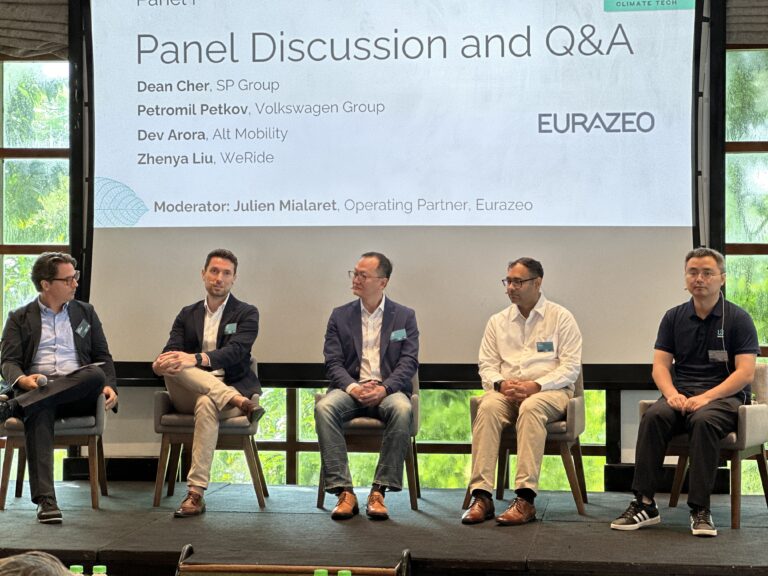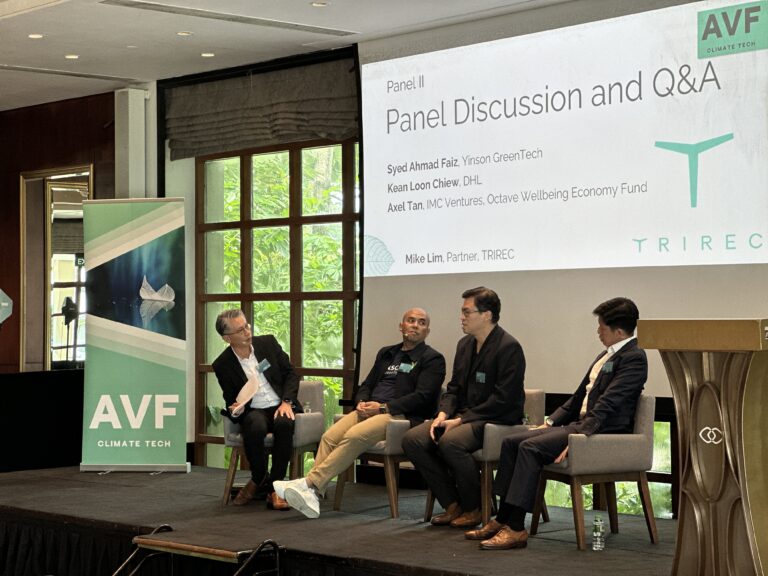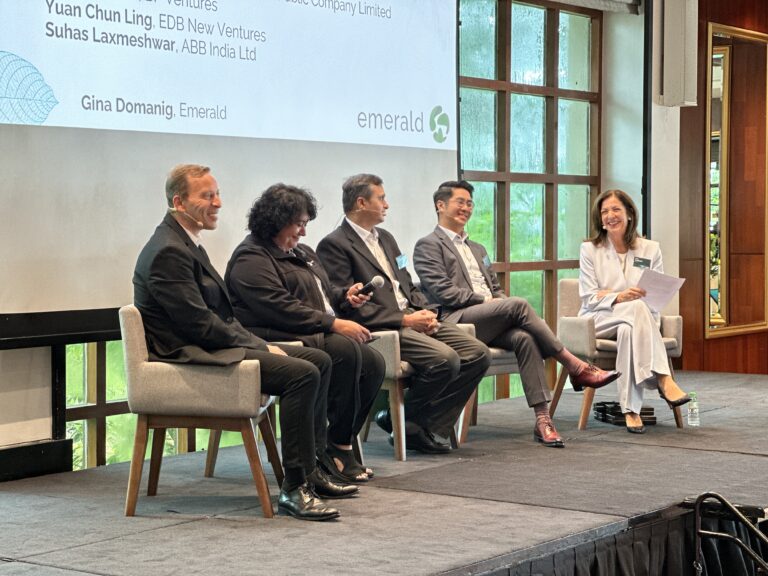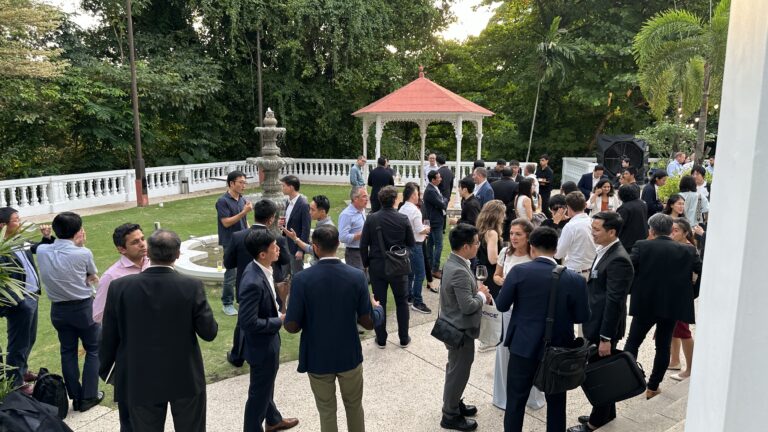The inaugural Asia Climate Tech Venture Fair 2024 was a huge success!
130 investors from Singapore, Japan, China, India, Vietnam, Australia, Malaysia, Bangladesh, Hong Kong, Indonesia, New Zealand, Philippines, Thailand, and other countries from around the globe, gathered to:
- support climate tech start-ups in Asia
- foster an Asian investment community
- showcase innovations in climate tech, circular economy, and other key sectors in sustainability in the APAC region
Here are some key takeaways from the event.

Scaling Critical Climate technologies in Asia:
There are massive opportunities to develop and deploy the climate technologies of tomorrow in Asia. The opportunities also come with certain hurdles:
- Asia is an indispensable part of the net zero solution (50% of renewable power and fuel supply and 30% of NBS/nickel/lithium potential), but realizing this potential requires significant investment ($3.5-5tn annual green investment by 2030).
- Asia represents a substantial market for climate investments, with 60+ opportunities worth $4-5tn by 2030 across 11 sectors. Transport, buildings, and power are the largest addressable markets within this vast landscape.
- Climate technologies have a big role to play, but the reality is harsh: while existing technologies could abate 90% of global emissions, only 10% of them are “in the money” today.
- “Moore’s Law” of climate technology reveals that scaling up the deployment of climate technologies by 100 times can drive costs down by more than 70%. To harness the full potential, technology improvements and scaling must progress in tandem, with roles evolving over time.
- While private investors have committed to deploy capital to green investments, only ~$4bn has been invested in Asia since 2020, with a material funding gap in the launch and scale-up phases.

Electrification of Mobility:
Asia has leapfrogged the rest of the globe when it comes to EVs. But SE Asia is a very complex environment, especially when you factor in the differences of B2B vs. B2C.
Important variables include:
- willingness to pay
- economic readiness
- education and awareness levels
- infrastructure capabilities
While China is leading the region in EVs and certainly setting the price point, some markets, such as India, will need a localized strategy.
But whether it is China or Japan or Korea – large car makers are certainly looking to partner with key startups to move the sector forward!

Sustainable Logistics:
Asia is very fragmented and non-standardized due to regional policies. But despite the lack of regulatory unity, there are 5 key sustainability trends in sustainable logistics:
- Analytics – how do you process data into info and info into insights that drive action
- Sustainable Fuels
- Electrification of the fleet
- Remote operations
- Packaging within their supply chain
Both corporates and investors are looking at doing this right, doing it together and doing it well and responsibly. The challenge is that they need to find a way to seamlessly integrate with existing processes. But they are hopeful, as “every time there is a contradiction, there is innovation.”
Specifically on the point of packaging, the customer currently does not understand that packaging is so much more than packaging – it is protection, it is communication, and it is an essential piece of the logistics puzzle that needs extensive innovation! This “problem” of packaging, however, creates vast opportunities for those with cutting edge solutions.

Exploring Collaborations between Startups and Corporations:
Startup and corporate collaborations are like a marriage – best to be clear about the structure of working together and also careful to keep it loose enough so everyone can play to their own strengths.
Strategic collaboration is key for a corporate’s decision to invest, and while the corporate is looking to improve/grow/change their business by working with the startup, such collaborations can also be very beneficial to startups. The corporate can provide the startup with access to broader markets in Asia, they can help test the startup technology, they can use their balance sheet to help the startup scale, and they can share capabilities like engineering, business know-how, health and safety.
To make that collaboration work however, the corporation needs to ensure:
- The right stakeholders from the corporation are involved.
- Their processes do not get in the way of working with the startup.
- They move a little faster to align with the expectations of the startup.
- They provide clear outlines for their pilot with the startup, so that the next step is always clear.

——————————
More on innovation in Asia:
An electric solution to wastewater in India and Asia
Emerald scores exclusive investment mandate with Japan’s Idemitsu
Emerald client Nabtesco invests in FOSSA to grow industrial IoT satellite constellation
